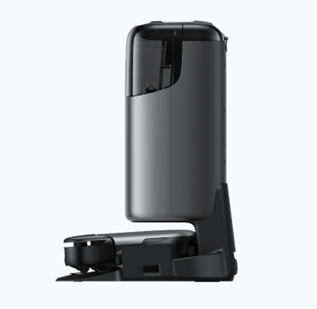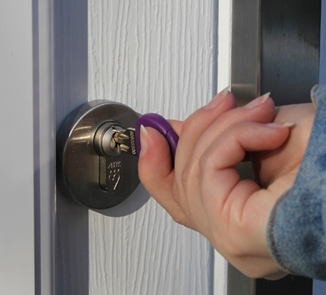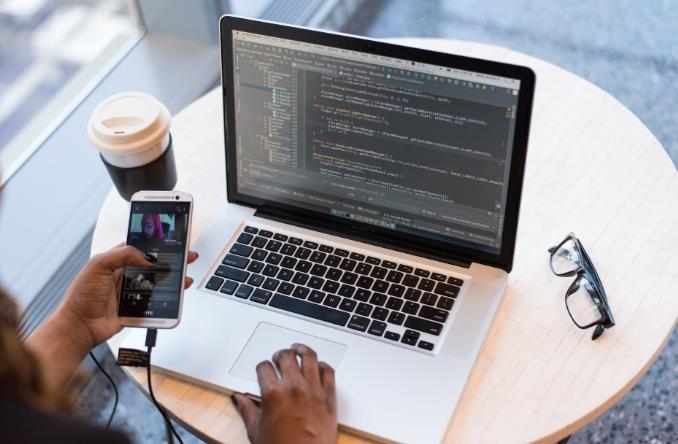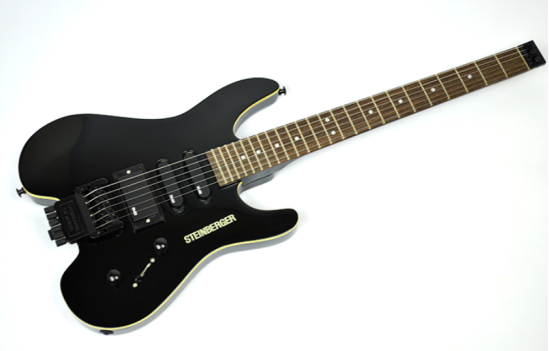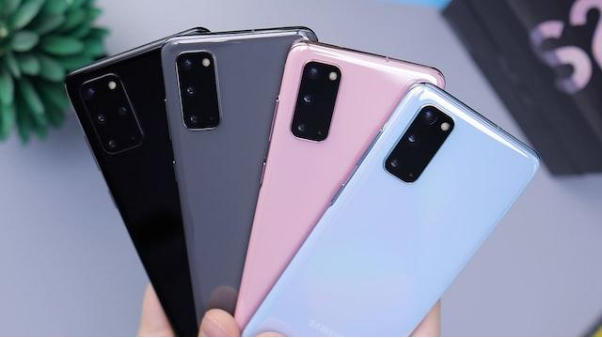How to Protect Yourself from Hidden Cameras?
Privacy invasions through hidden cameras have become increasingly common in our digital age. Many travelers have discovered surveillance devices in their Airbnb rentals, with some reporting finding cameras cleverly concealed in smoke detectors or alarm clocks. Business travelers often face similar risks in hotel rooms, where tiny cameras can be hidden in everyday objects. Even public spaces like changing rooms and bathrooms aren't immune to these violations. The psychological impact is profound - no one should feel watched in private spaces. In this article, we'll explore practical methods for hidden camera detection, from simple visual inspections to advanced technological solutions, helping you reclaim your peace of mind.
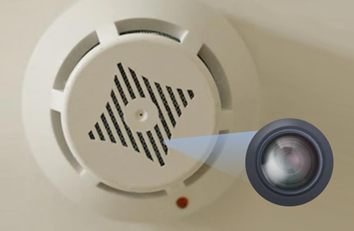
Common Places Hidden Cameras Are Found
Hidden cameras often appear in locations where people expect privacy. Hotel rooms frequently contain disguised cameras in items like digital TV boxes, wall outlets, or even behind two-way mirrors. Vacation rentals sometimes have devices hidden in bookshelves, stuffed animals, or decorative items near beds. Public changing rooms may conceal cameras in clothing hooks or ventilation grates. Bathrooms are particularly vulnerable, with devices sometimes hidden in showerheads or air fresheners. The key is recognizing that any object with a clear line of sight to private areas could potentially conceal a camera. Electrical devices that shouldn't normally have lenses (like power strips or alarm clocks) warrant extra scrutiny.
Physical Inspection Techniques
The Flashlight Test for Lens Reflection
One of the most reliable methods for how to detect hidden camera lenses involves using your smartphone's flashlight in a dark room. Camera lenses reflect light differently than regular glass or plastic surfaces. Turn off all lights and slowly sweep the flashlight across the room, paying close attention to any sudden glints or reflections. Genuine camera lenses typically produce a bright blueish-white reflection that stands out from other surfaces. Move methodically and check from multiple angles, as some lenses only reflect light from specific directions. Be particularly thorough with electronic devices, wall decorations, and any objects with glass or plastic components. This technique works best when combined with close visual inspection of suspicious reflections.
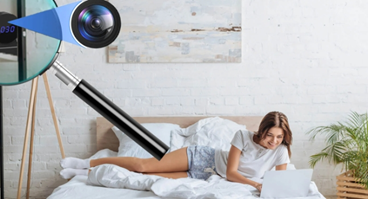
Checking Unusual Objects & Electronic Devices
Trained security professionals recommend examining any object that seems out of place or unnecessarily complex. Start with common hiding spots like smoke detectors, digital clocks, and power outlets - these often have enough internal space to conceal miniature cameras. Look for tiny holes (no larger than a pinhead) that could house a lens. Wires that don't seem to connect to anything or devices that feel unusually heavy for their size might contain recording equipment. Pay special attention to objects that provide a clear view of beds or seating areas. Gently inspect items for warmth - operating cameras generate slight heat. If something feels suspicious, unplug it or cover it with a towel while you investigate further. Trust your instincts; if an object makes you uncomfortable, there's probably a reason.
Technology-Assisted Detection
RF Signal Detectors for Wireless Cameras
Modern wireless hidden cameras transmit footage via radio frequencies, making RF detectors invaluable tools for comprehensive sweeps. These devices pick up unusual signal transmissions between 1MHz and 6GHz, alerting you to potential surveillance. Start by turning off all known wireless devices (phones, routers, etc.), then slowly walk through the space with the detector. Sudden signal spikes in areas without obvious electronics often indicate hidden transmitters. More advanced detectors can differentiate between camera frequencies and regular WiFi signals, reducing false alarms. For best results, move the detector within 12 inches of suspicious objects and monitor for consistent signals rather than intermittent bursts.
Using Smartphone Apps (Infrared Detection)
Your smartphone can become a powerful tool in the quest to detect hidden cameras. Specialized apps use your phone's camera sensor to detect infrared light - something many surveillance cameras emit but human eyes can't see. Turn off all lights and view the room through your phone camera while pointing an infrared remote control at suspicious areas. Most phone cameras will display a purple or white light from the remote's IR emitter - if you see similar unexplained lights from objects, they might contain cameras. Some apps analyze Wi-Fi networks to identify connected cameras, though these require technical knowledge to interpret correctly.
What to Do If You Find a Camera
Discovering a hidden camera triggers both legal and safety considerations. First, document everything without touching the device - take clear photos/videos showing its location and how it's concealed. In rentals, immediately contact management while recording the conversation; legitimate owners will want to investigate potential crimes on their property. For public spaces, alert staff discreetly to avoid tipping off the perpetrator. Law enforcement should be contacted in clearly illegal placements (bathrooms, bedrooms). Cover the lens with tape if removal isn't safe, but avoid destroying evidence if legal action is possible.
Conclusion
Balancing privacy awareness with everyday life requires reasonable precautions rather than constant suspicion. Regular travelers might invest in portable detection tools, while occasional hotel guests can rely on basic flashlight checks. The key is developing situational awareness - noticing unusual objects in private spaces without obsessing over every device. Many victims Share this knowledge with friends and family, especially those using rental properties frequently. Stay alert to your environment, but remember that most spaces remain camera-free - your peace of mind matters as much as your physical privacy.
Nejnovější: What to Do If You're Locked Out of Your Home?
